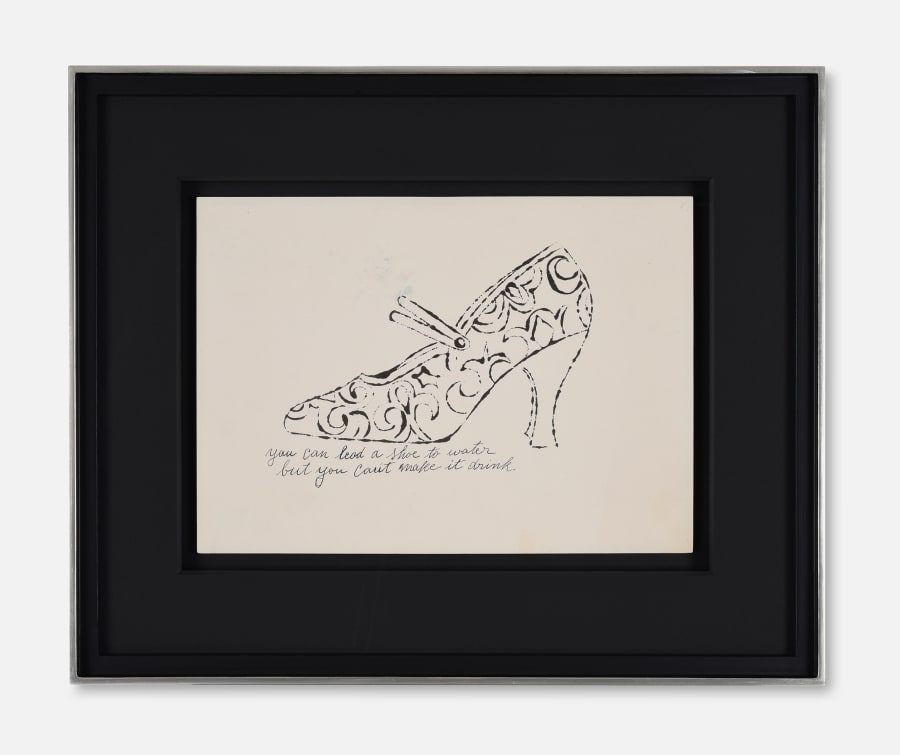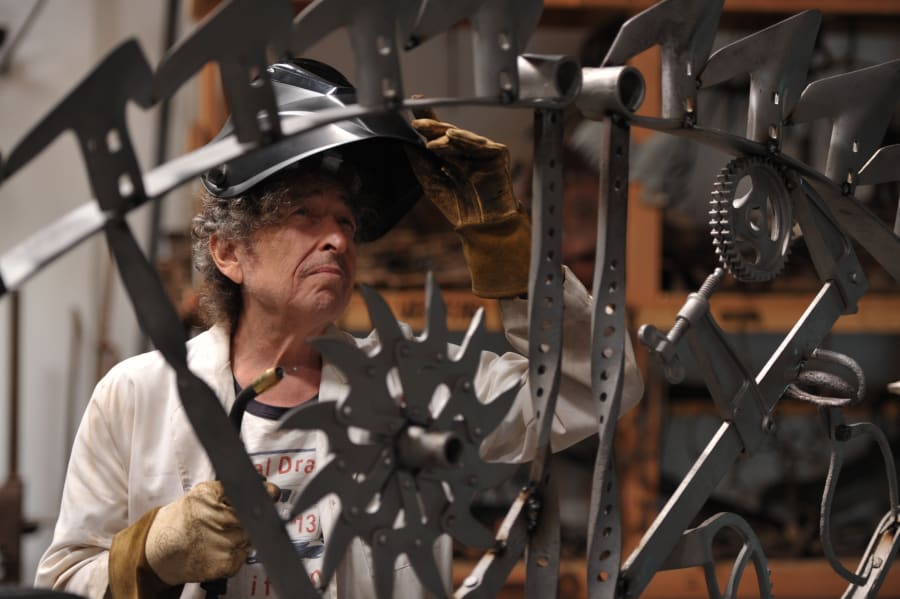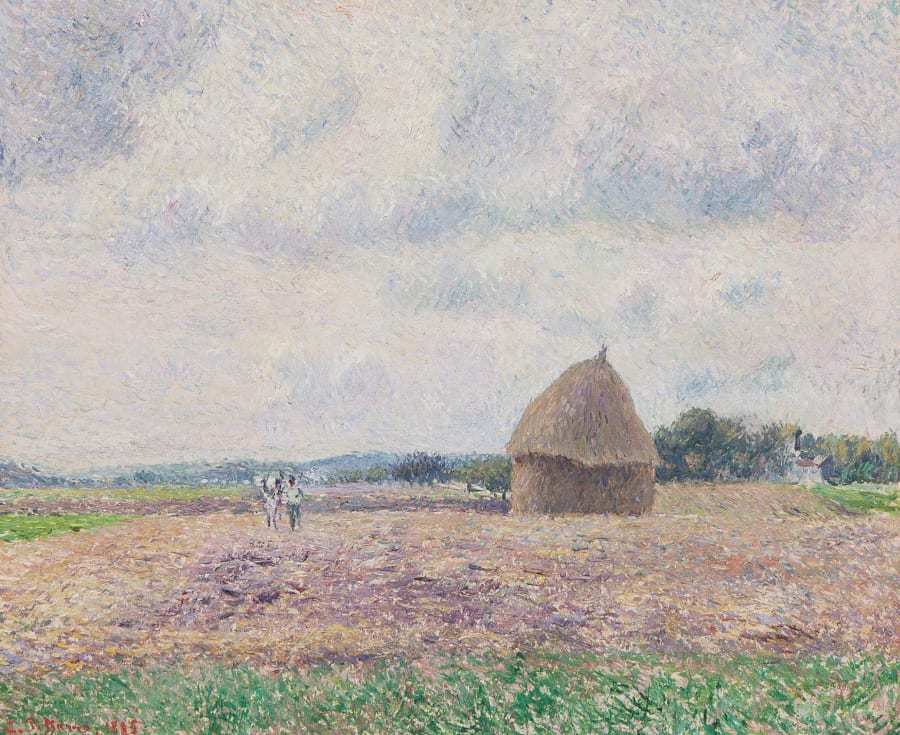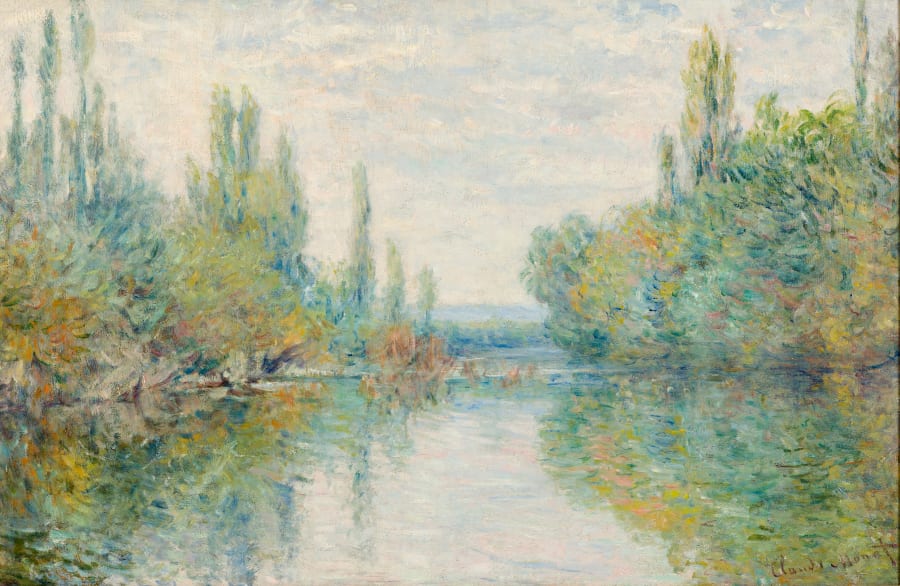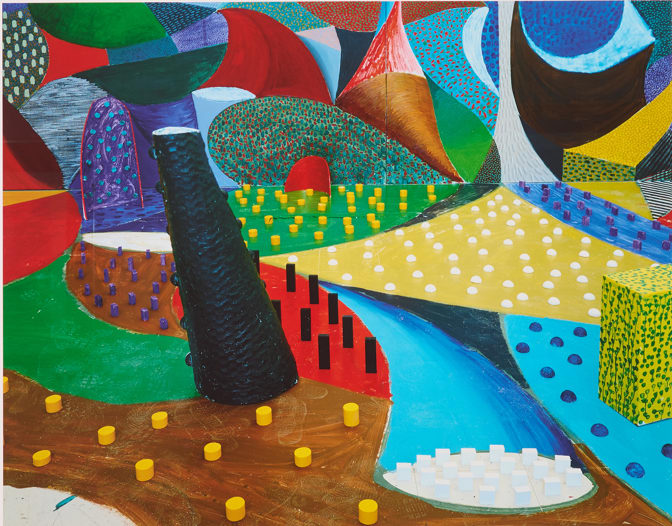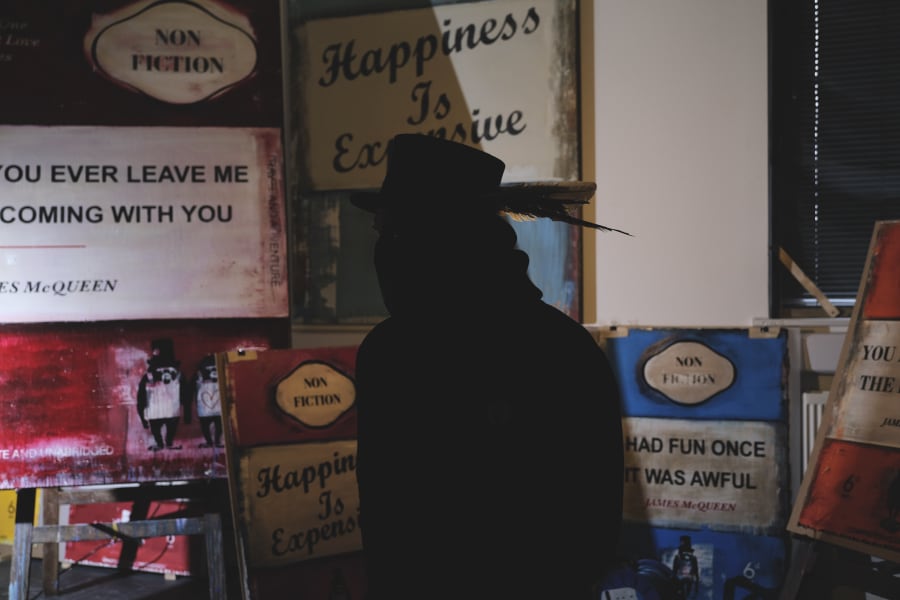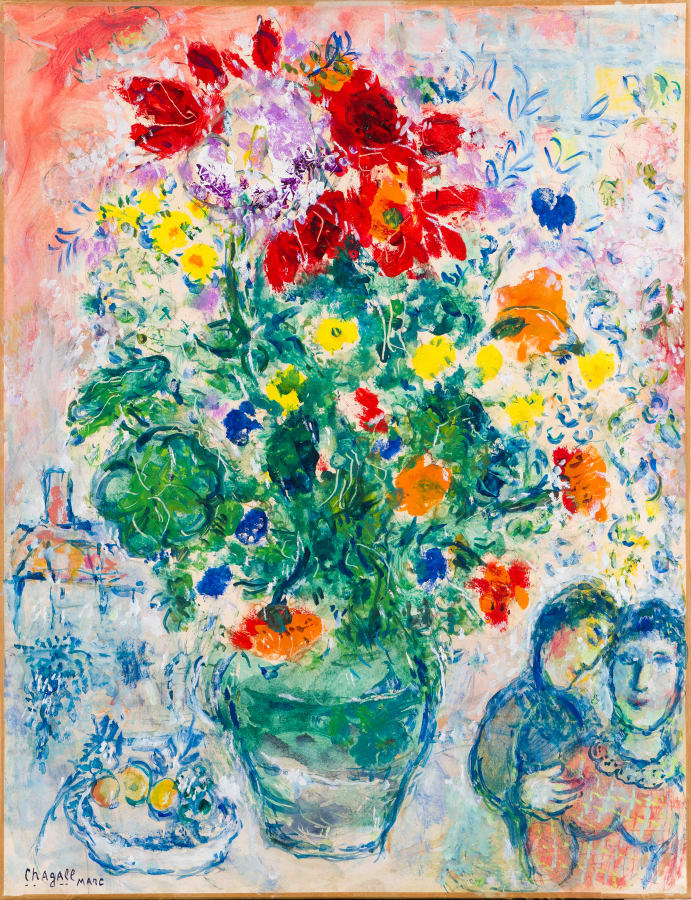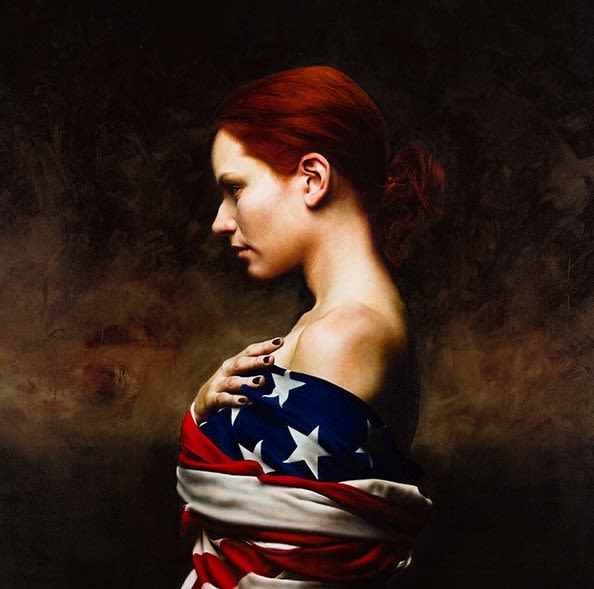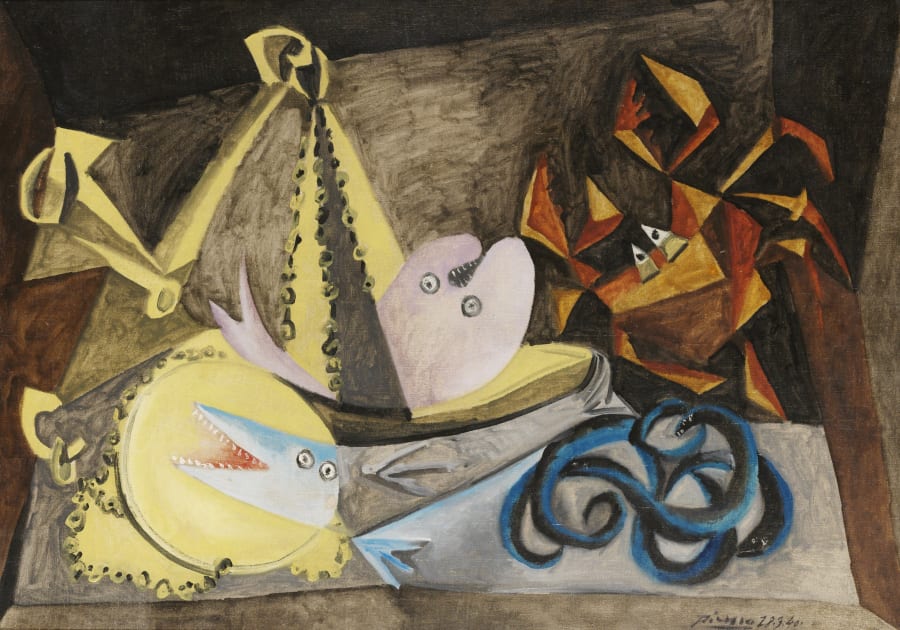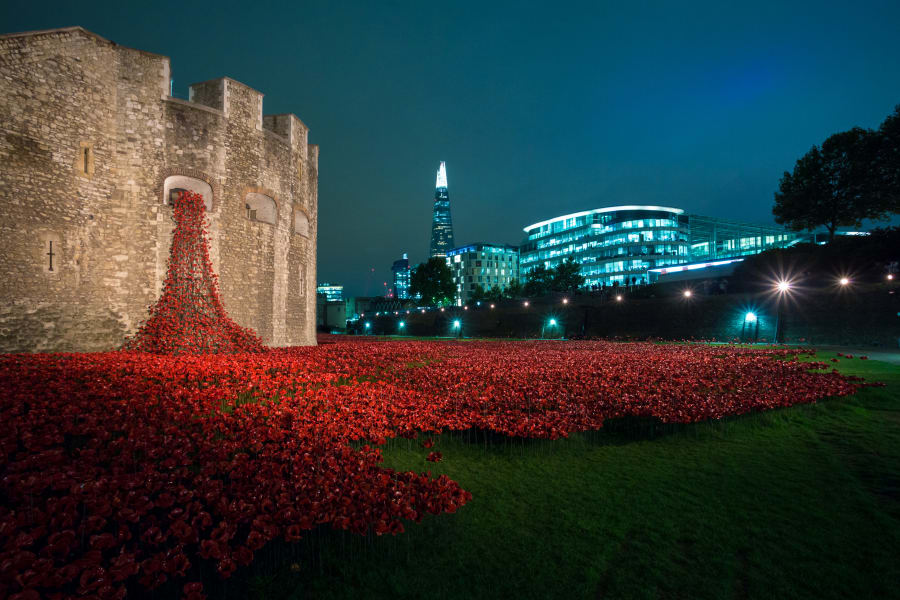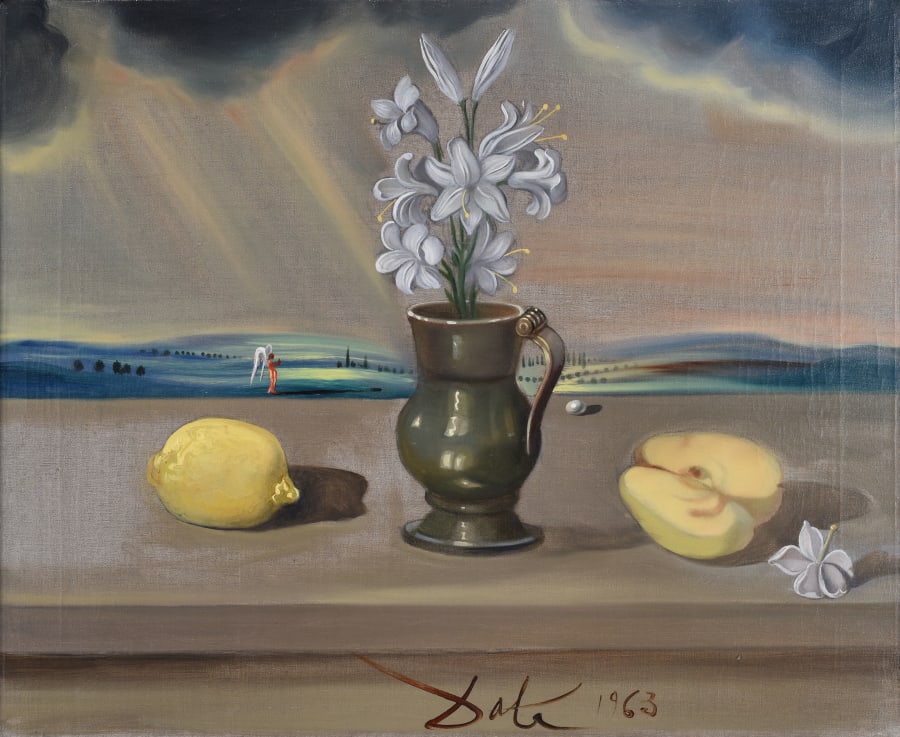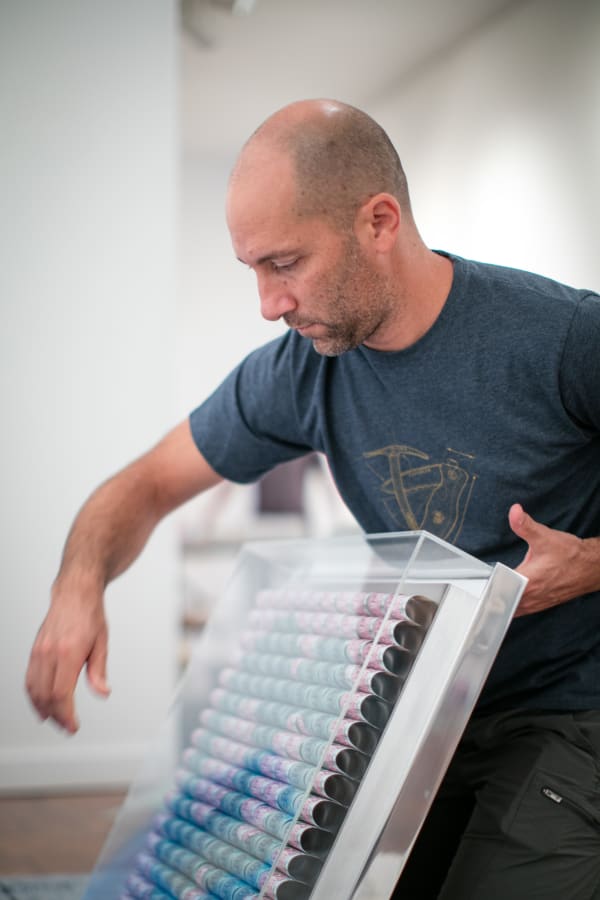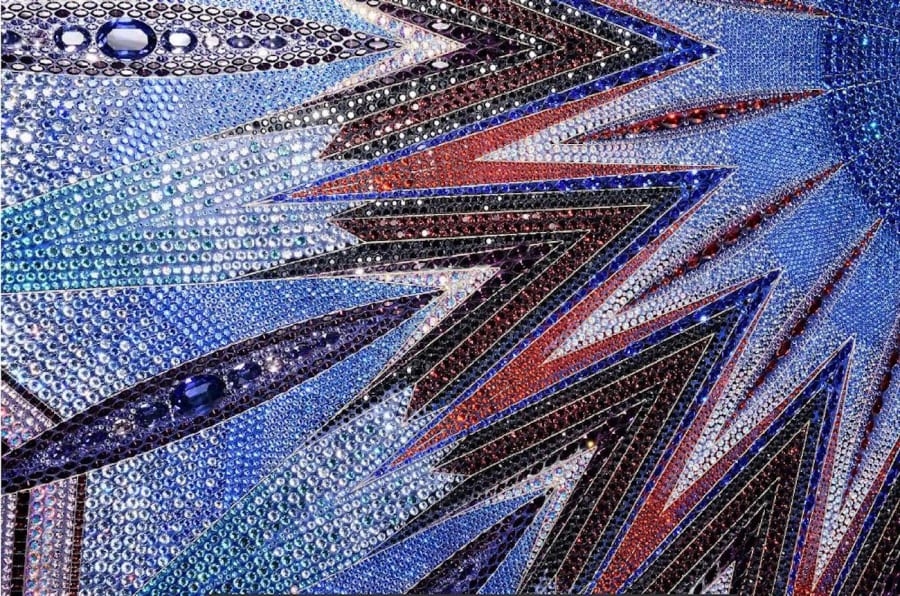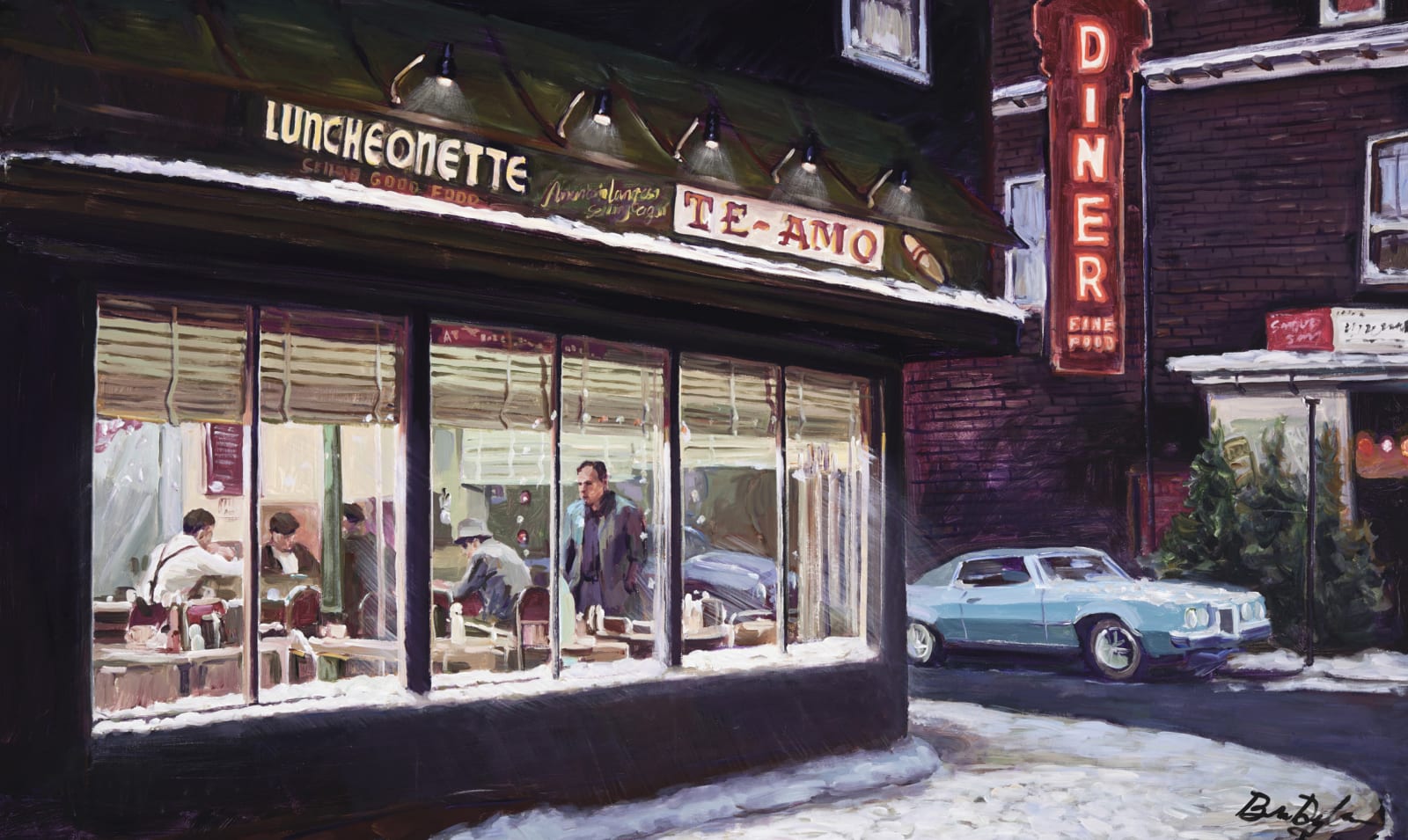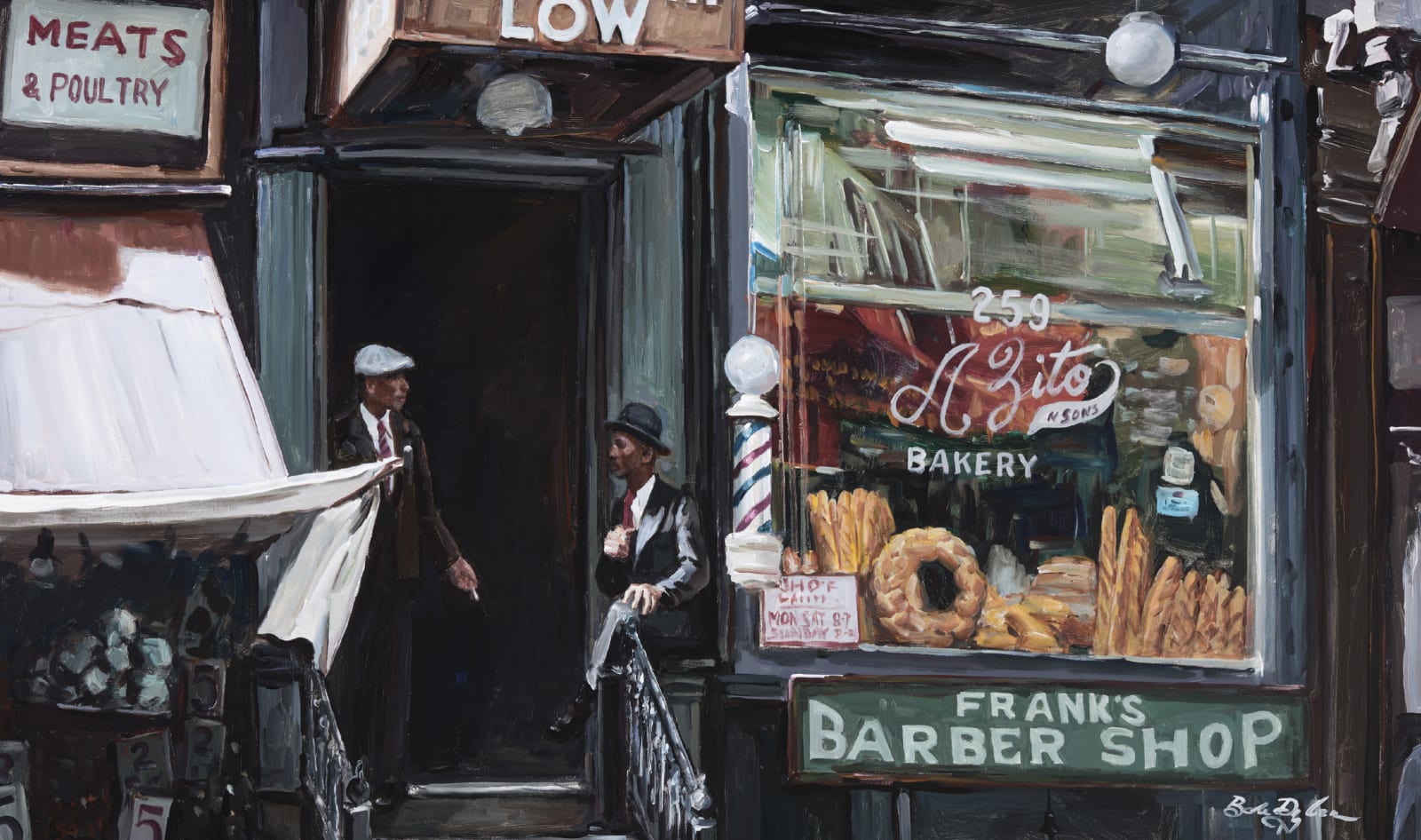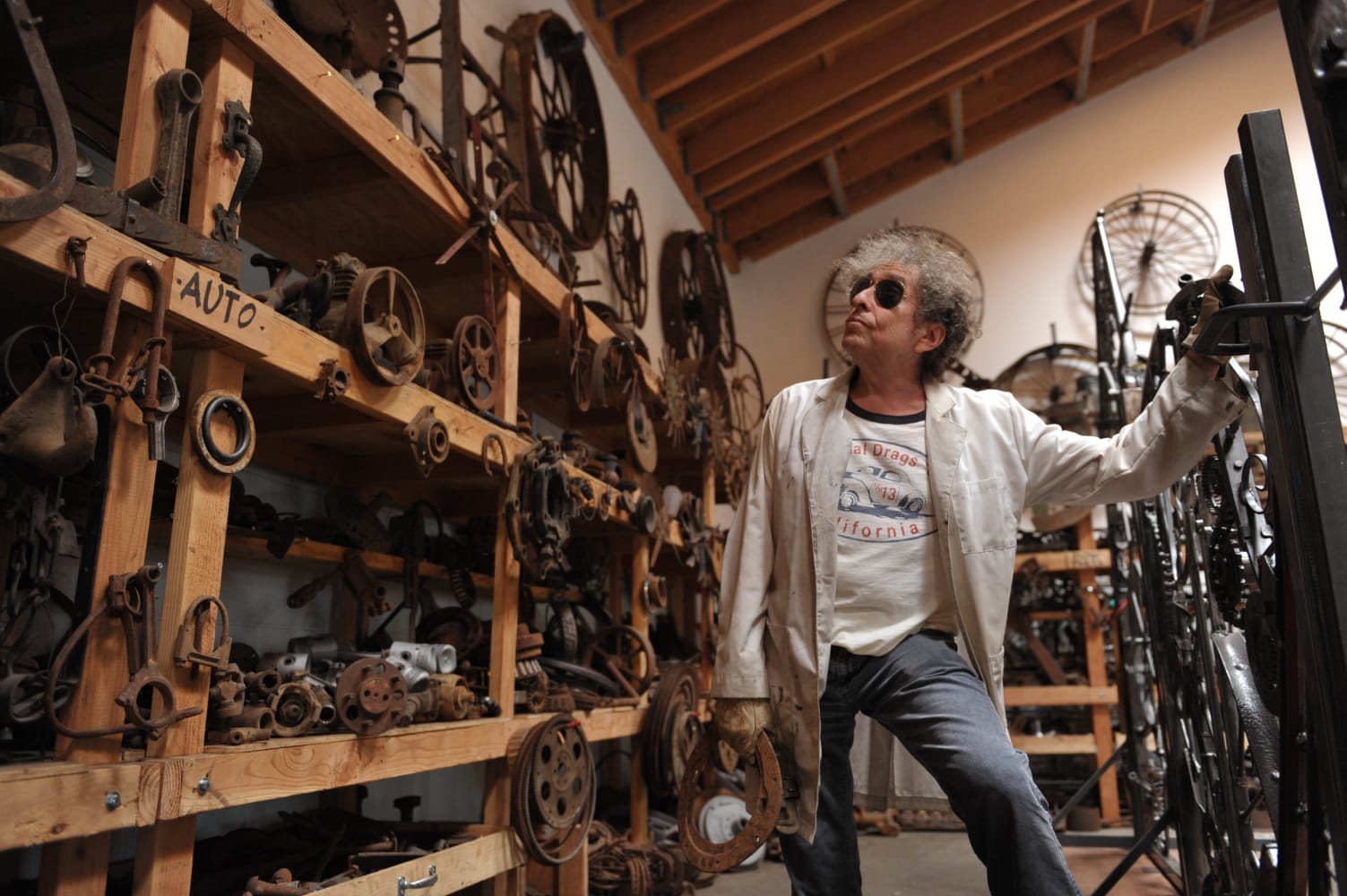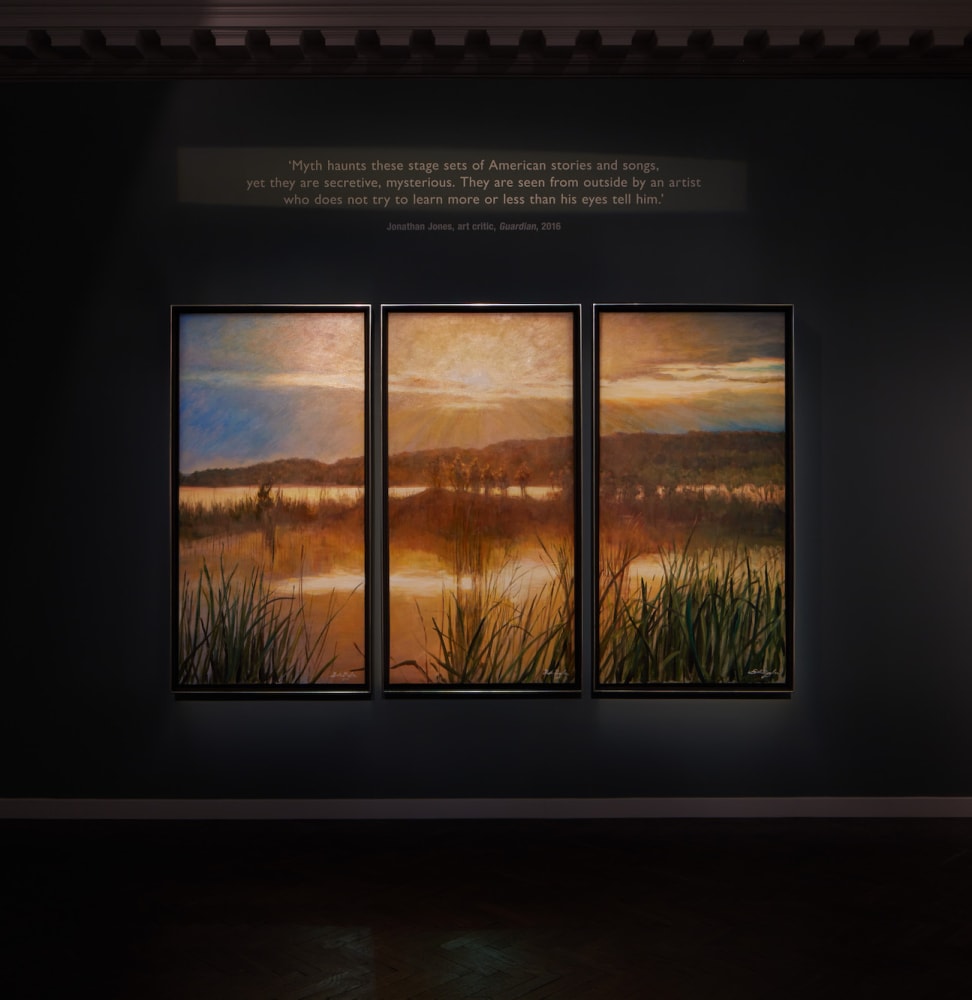

Pablo Picasso and David Hockney
Pablo Picasso and David Hockney
Drawing Parallels Between Two Great Masters
/
Pablo Picasso and David Hockney, two of the most iconic figures in modern and contemporary art, share an artistic dialogue that transcends time. While Picasso revolutionized art with his pioneering innovations, Hockney has embraced and expanded upon these principles throughout his career. Both artists are renowned for their bold use of color, experimentation with form, and ability to challenge artistic conventions.
If you are interested in adding to your collection speak to one of our art consultants now - email us at info@halcyongallery.com
‘It’s easier for me to get the necessary detachment in Paris because I don’t understand much of the French character of language,'
David Hockney
‘An aspect of Cubism that I noticed especially in Picasso’s work was that… It led him to make what I think of as almost the greatest psychological portraits ever made.’
David Hockney







